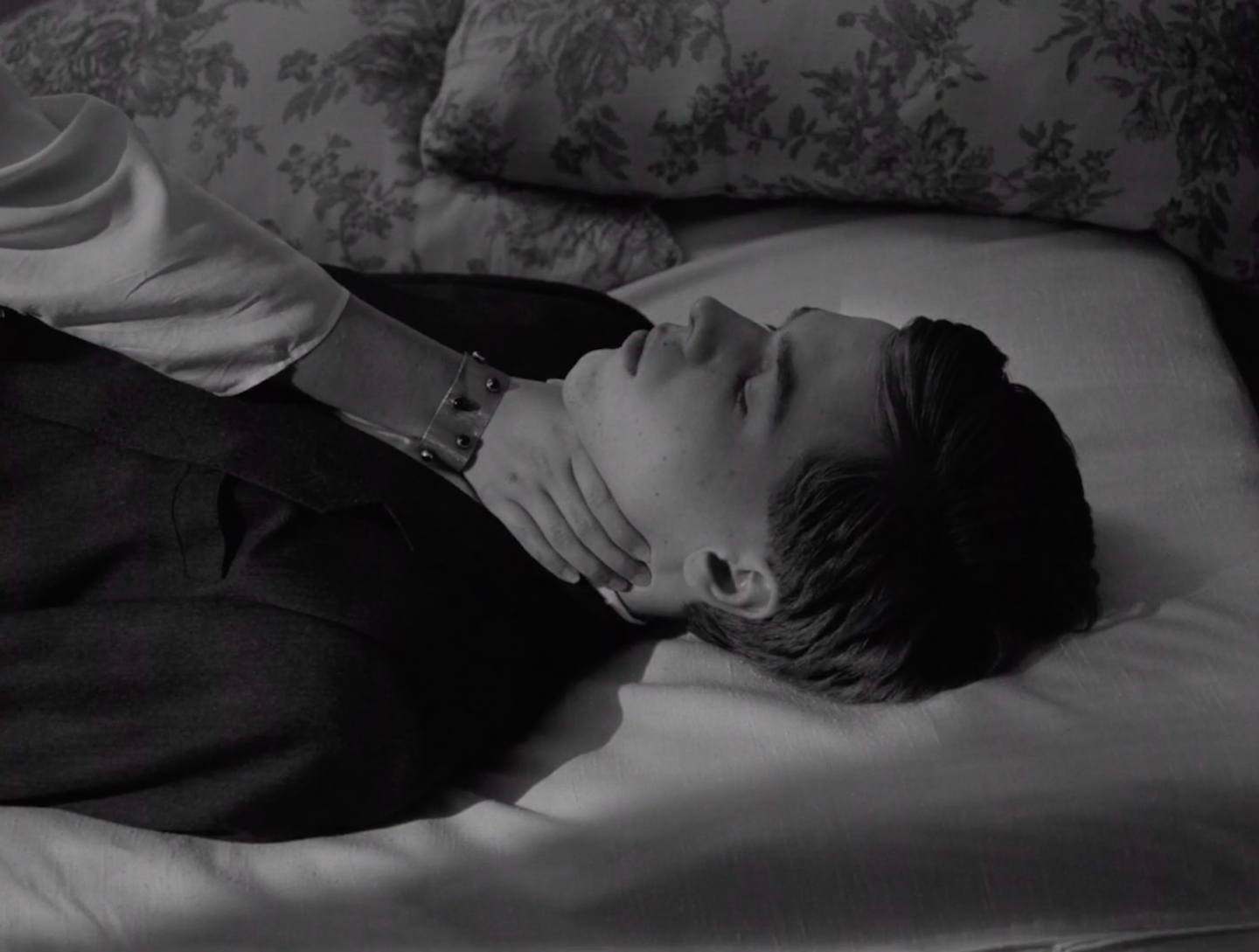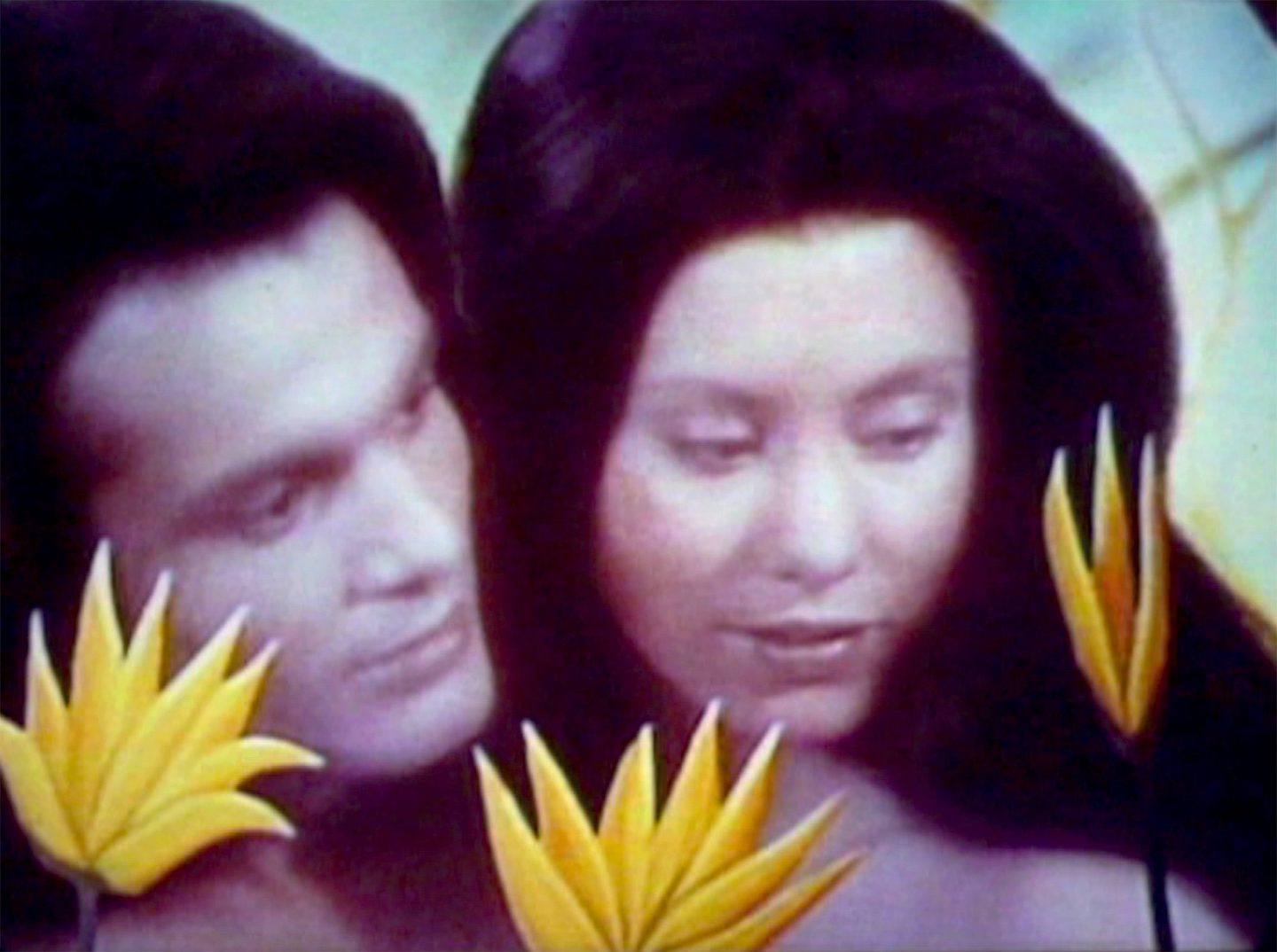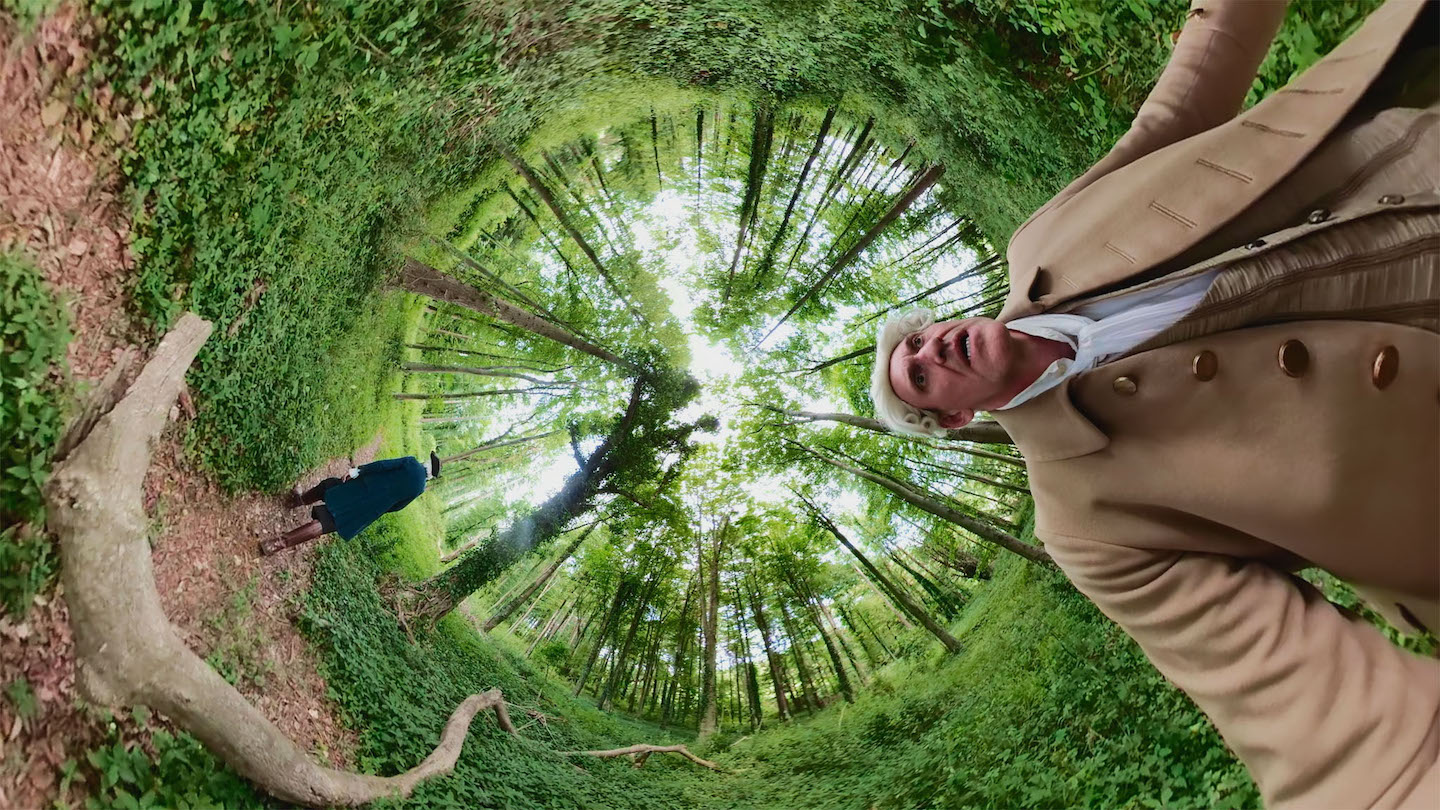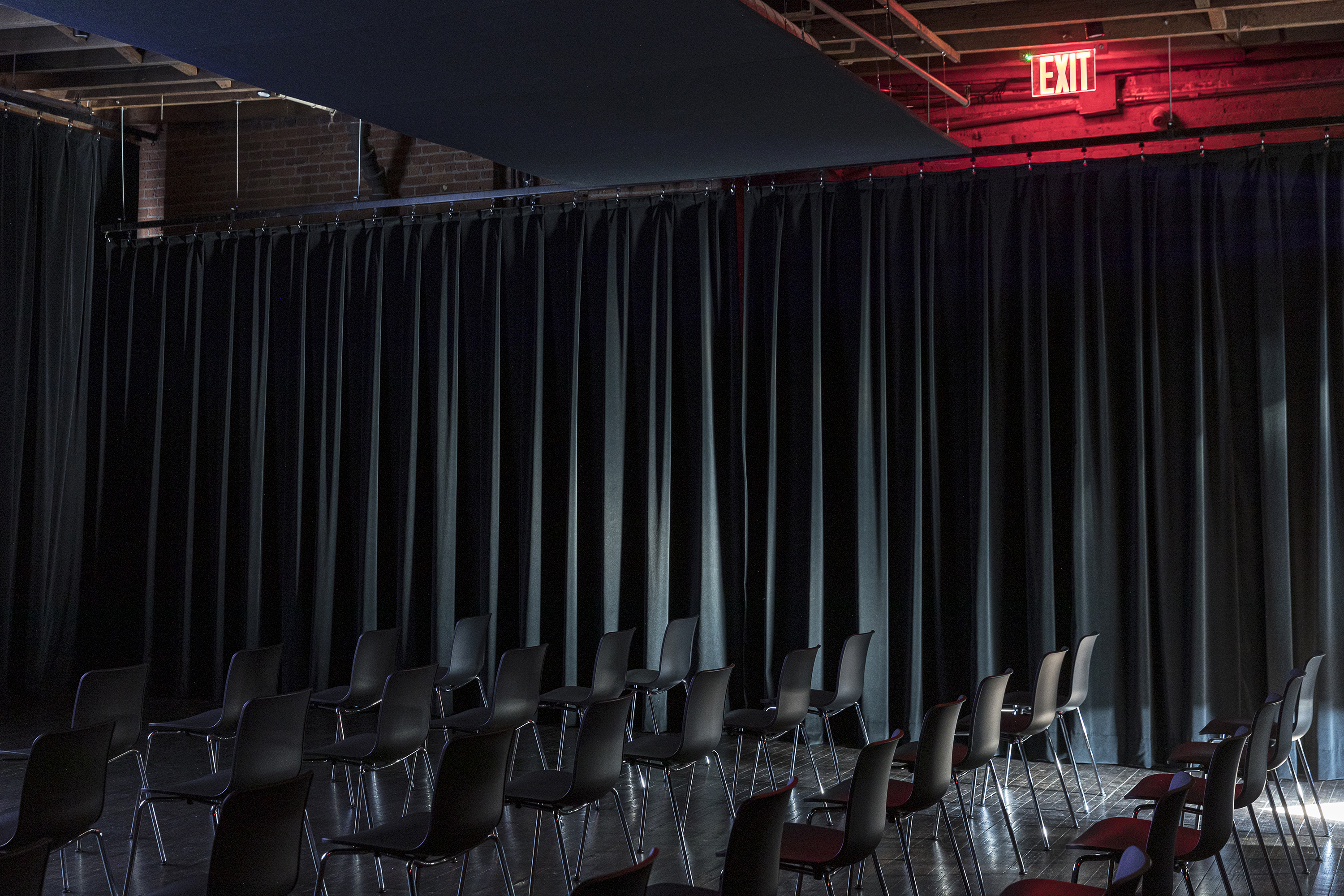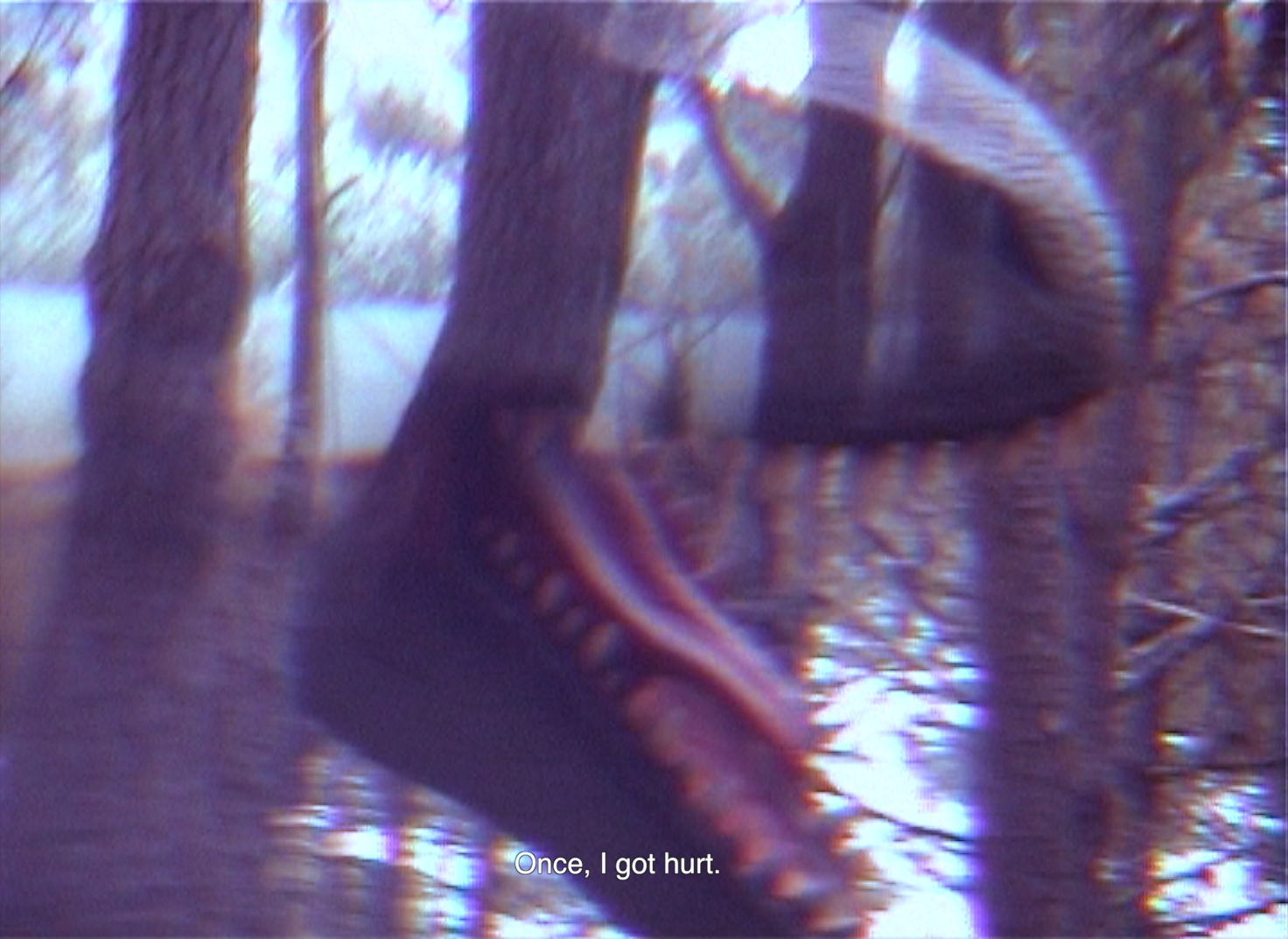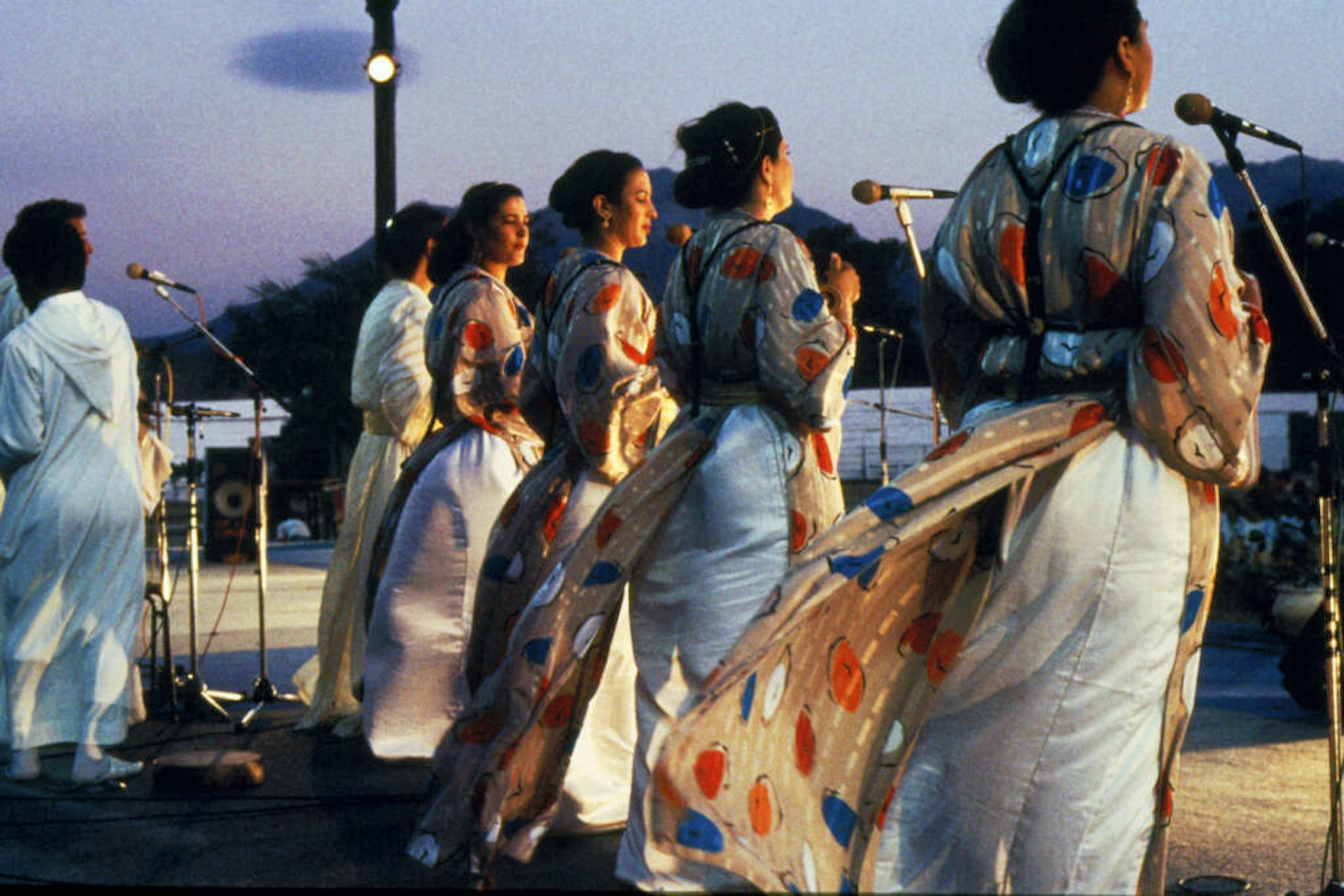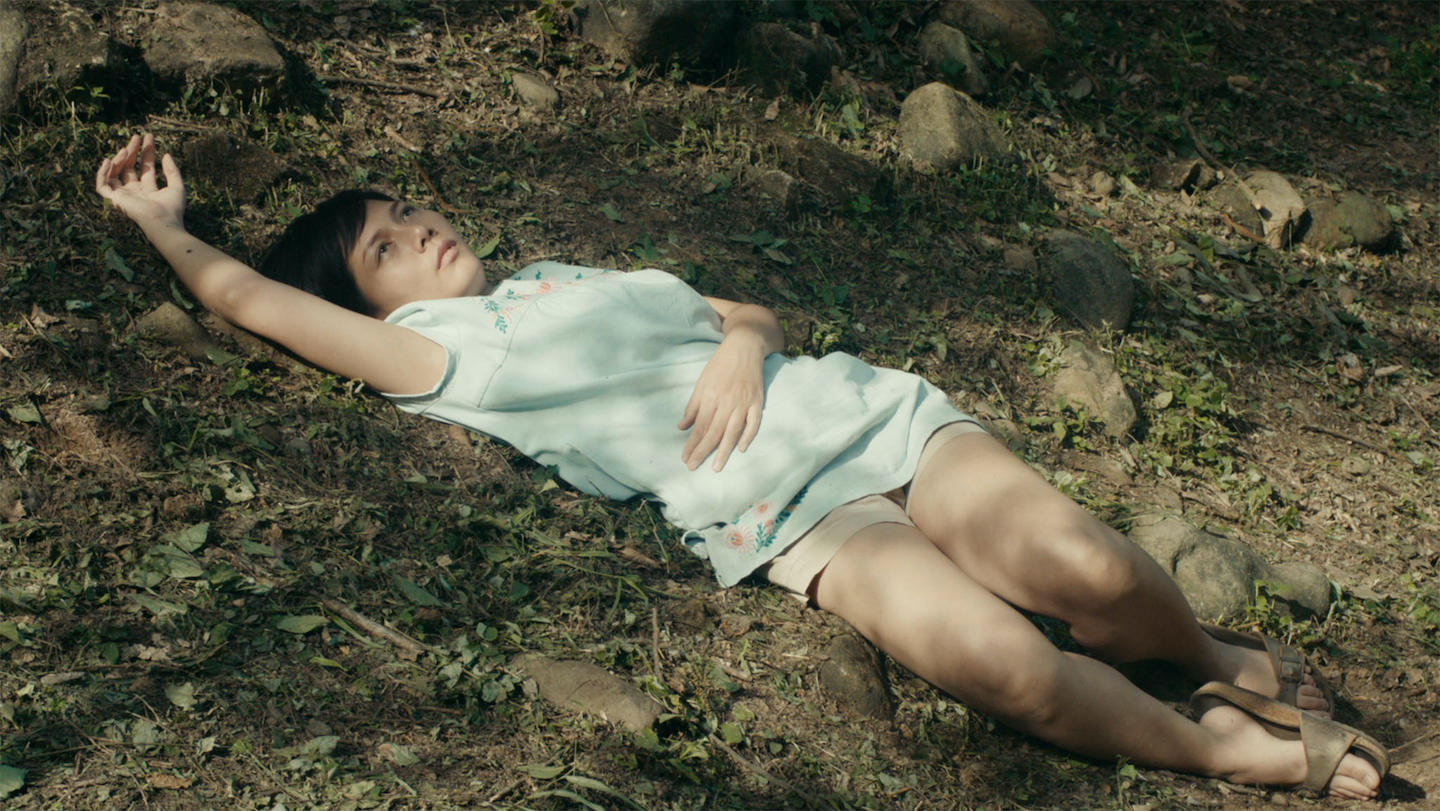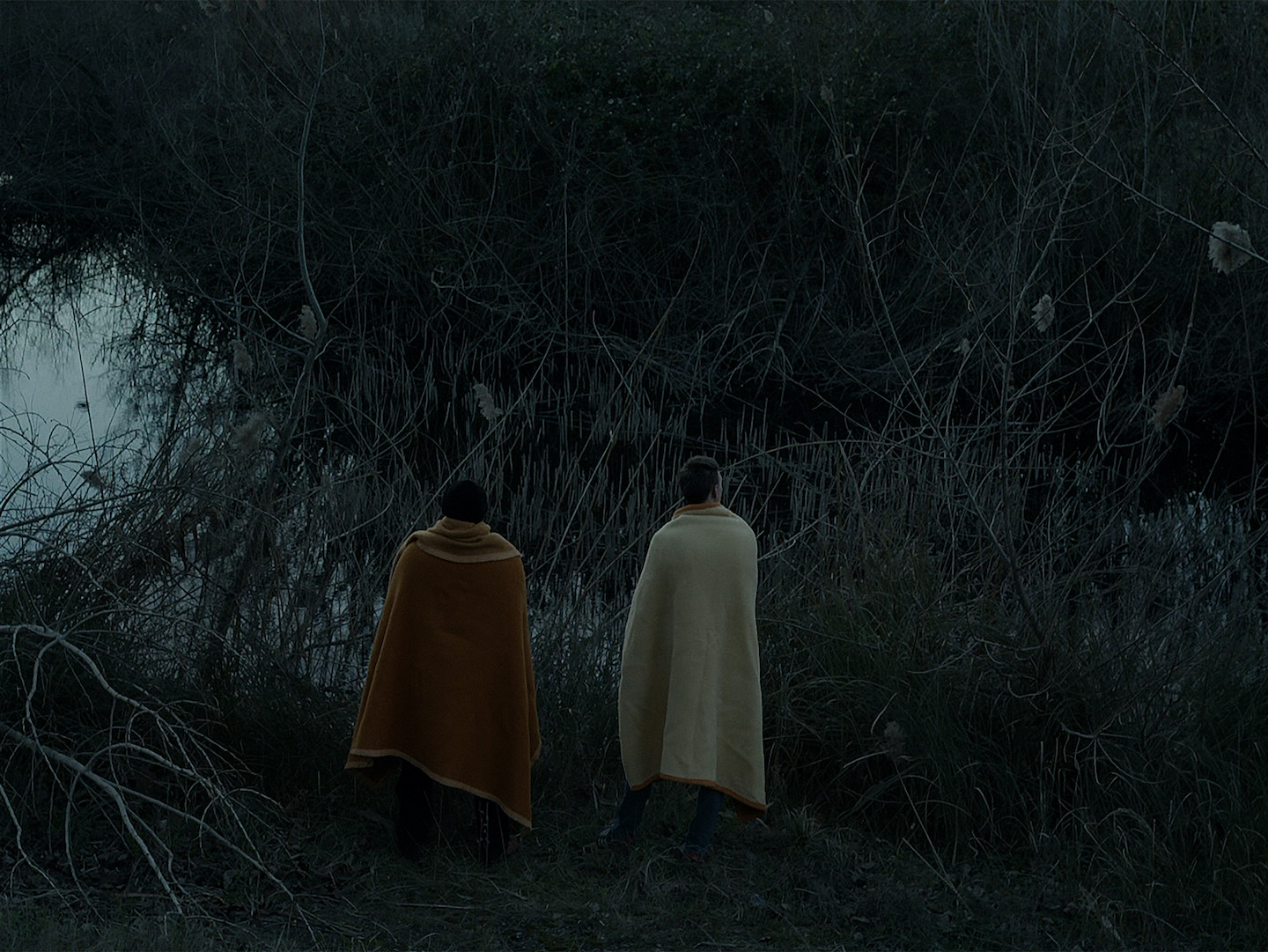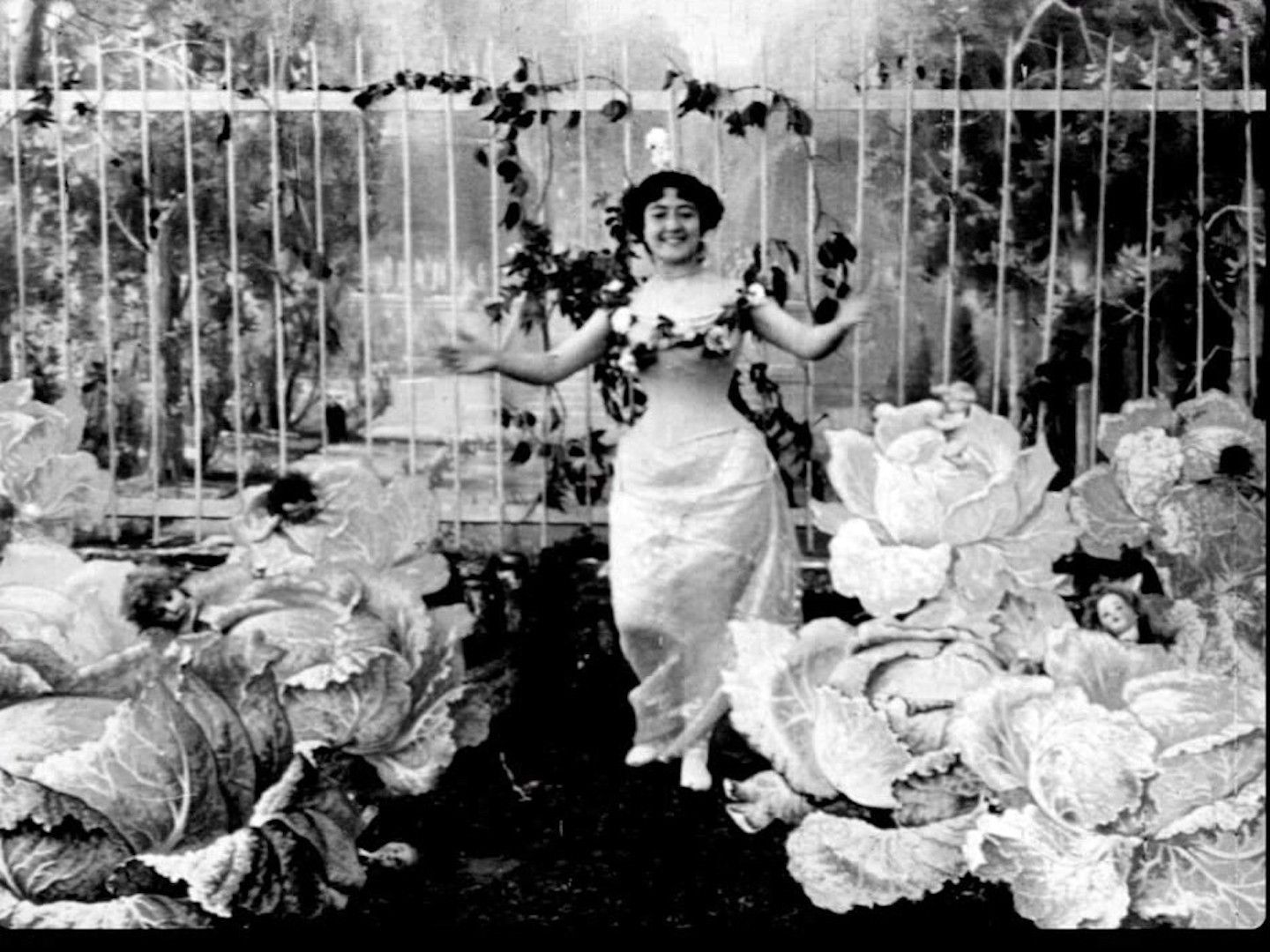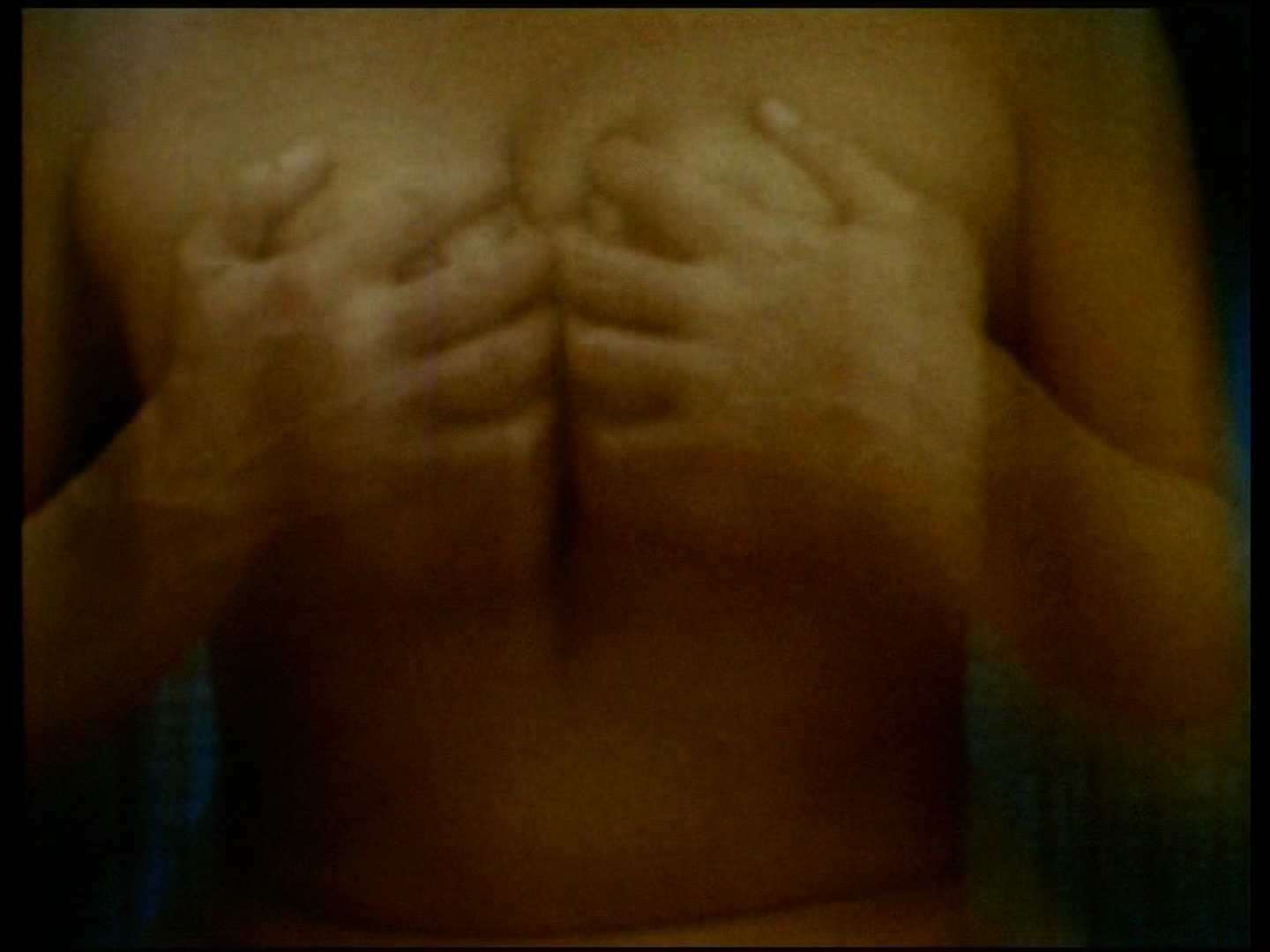December 2–5, 2021
Brooklyn 11205
USA
e-flux Screening Room at 172 Classon Avenue in Brooklyn will open on December 2, 2021 with To Do With, a four-day program presenting a selection of films and films-in-progress by Éric Baudelaire, in dialogue with works by Chantal Akerman and Naeem Mohaiemen, and followed by conversations with special guests Omar Berrada, Stuart Comer, Dennis Lim, Naeem Mohaiemen, Paige Sarlin, and Kaelen Wilson-Goldie.
Tickets for the program are available here.
The program is organized with the support of Villa Albertine, in partnership with the French Embassy in the United States.
Merging traditions of documentary, experimental, and fictional filmmaking, Éric Baudelaire examines processes that shape the conditions of today’s reality. Trained as a social scientist, for the past fifteen years Baudelaire’s films have explored historical setbacks and invisible mechanisms of power. Choosing to explore subjects that do not generate consensus, Baudelaire often undertakes dangerous cinematic journeys with no preconceived conclusions or scripted outcomes. His cinema can be understood as a processual practice of posing difficult questions that have no simple answer, or no answer at all. The desire to search for the reasons behind the incomprehensible and invisible side of our reality can be traced throughout Baudelaire’s entire filmography, a selection of which will be presented in e-flux Screening Room: his short The Glove (2020) in which a rubber glove wanders through a city under lockdown; his collaboration with children-as-filmmakers in Un Film Dramatique (2019); his thwarted interlocutions with the radical Japanese filmmaker and Red Army member Masao Adachi in The Anabasis of May and Fusako Shigenobu, Masao Adachi and 27 Years without Images (2011); his unlikely exchange with Maxim Gvinjia, former Foreign Minister of the unrecognized state of Abkhazia in Letters to Max (2014); and his revisiting of Adachi’s landscape theory via an unseen, contemporary protagonist in Also Known As Jihadi (2014). The films are presented in dialogue with two other films that have been important in Baudelaire’s practice: Naeem Mohaiemen’s United Red Army made in the same year as The Anabasis… and recounting the infamous 1977 hijacking of Japan Airlines Flight 472; and Chantal Akerman’s D’Est (1993) which, like Letters to Max, grapples with a contested Western gaze towards the East. In a special discussion session, Eric Baudelaire will also present his two current works in-progress: When There is No More Music to Write exploring how composer Alvin Curran’s life and work intersect with the radical political movements emerging in Italy and around the world during the 1970s, and the film dyptich A Flower in the Mouth, a poetic reflection on ever-approaching catastrophe, flowers, and the human gaze.
We invite you to join us for this program introducing his practice through his own words and films, in dialogue with interlocutors and films in close proximity to his work.
To Do With
Éric Baudelaire
A literary critic once asked me whether any books had influenced my decision to become an artist. I answered Libra by Don Delillo, read in 1995 while conducting research on the Cuban Missile Crisis at the Kennedy Library in Boston. My job at the time was to compile a minute-by-minute chronology of all that took place at the White House during those thirteen days in October 1962 when the world hovered on the brink of disaster, and to transcribe newly released audiotapes recorded secretly by Kennedy in the West Wing. Who were the President and his brother Robert meeting with? What documents did they consult? I learned to recognize each cabinet member’s voice and to decrypt aerial photographs of Cuban landscapes in search of clues about what they knew. The professor I worked for was revising a classic political-science textbook that sought to fine-tune models of decision-making in times of crisis. As for me, the more meticulous my research and the more detailed my chronologies got, the more aware I became of the importance of chance, or rather of luck, through those days when humanity narrowly escaped nuclear Armageddon. I lived in Somerville, working from home through a heat wave while a fan blew papers across the room. Each night, I returned to Don Delillo and the crystal clarity of his fictional characters' intrusion into the opaque narrative of the Kennedy assassination. His writing neutralized the question of what was real and left me floating pleasantly in its own sense of time, place, and circumstance—a continuity that would elude me the next day as I sifted through stacks of archives, trying to make out the voices of John and Robert on a tired magnetic tape.
Later on, I asked the literary critic what he was reading these days. He told me that he had been unable to get through a single novel for two years. He spoke quietly and deliberately, catching his breath between sentences. He had been wounded gravely, losing part of his face in the Charlie Hebdo shootings in Paris in 2015, and had undergone many rounds of reconstructive surgery. He told me that in all his time in and out of hospitals he had only been able to read non-fiction books, aside from a few fragments of previously read classics illuminating or thickening the mystery of his own experience. For now, he has said farewell to novels. He told me, “Imagination remains, no doubt, a necessity, but it has become a luxury that I no longer have access to. It has also become a threat to the future.” Then he used an expression I do not know how to translate, referring to his imagination: la folle du logie dont il fallait se mefier—the crazy lady of the house you must watch out for.
I never encountered a useful definition of what the real is, but I have always had a great love for those who strive to grasp it, to study its mechanisms, or simply to illuminate a fragment of it, so that we can reflect upon it with different measures of invention, imagination, and observation.
A passage from Samuel Beckett comes to mind: “there will be a new form and (…) this form will be of such a type that it admits the chaos and does not try to say that the chaos is really something else. The form and the chaos remain separate… That is why the form itself becomes a preoccupation, because it exists as a problem separate from the material it accommodates. To find a form that accommodates the mess, that is the task of the artist now.” Today, the word mess and the word real seem almost interchangeable. What matters to me about Beckett’s formulation, what feels necessary and urgent and relevant is that it doesn’t speak of a task to reveal the mess, or to deconstruct it—we have done much of this work already. It speaks of a need to accommodate it in a form, so that we may find new ways to relate to it, whatever that form may be.
In my films I am interested in characters who struggle with the real (rebels, secessionists, teenagers), who try to reshape it, and who sometimes go astray. In searching for a form, I have often woven into my films traces of my own entangled relationship with their subjects—through a correspondence, an exchange, or simply through camera movements that translate my hesitation in this search for an appropriate form. To echo the questions raised by the process of making the film, I often feel the need, once the film is finished, to search for expanded forms beyond the projection itself, to bring together other films and other artworks into the exhibition space, to publish booklets with detailed chronologies, to organize discussions with the public and guests from various fields of knowledge.
Thinking about the real today, and more specifically about a cinema that searches for new forms to accommodate it, reminds me that a form can create a community of circumstance. A community that exists because of the form, a community that thinks about problems that the observed real poses. What matters is experiencing a sensation together, experiencing a non-fragmented continuity together. Thinking anew our sense of time as we reflect on the mess. To rethink, with urgency, our experience of time.
Program
Book tickets here
Thursday, December 2, 6–9pm
Screening: Éric Baudelaire, The Glove (2020, 8 minutes) and Un Film Dramatique (2019, 114 minutes)
Conversation: Éric Baudelaire and Dennis Lim
Friday, December 3, 6–9pm
Screening: Naeem Mohaiemen, United Red Army (2011, 70 minutes) and Éric Baudelaire, The Anabasis of May and Fusako Shigenobu, Masao Adachi and 27 Years without Images (2011, 66 minutes)
Conversation: Éric Baudelaire, Naeem Mohaiemen, and Kaelen Wilson-Goldie
Saturday, December 4, 2–4pm
Screening: Chantal Akerman, D’Est (1993, 110 minutes)
Saturday, December 4, 5–7:30pm
Screening: Éric Baudelaire, Letters to Max (2014, 103 minutes)
Conversation: Éric Baudelaire and Omar Berrada
Sunday, December 5, 2–4:30pm
Screening: Éric Baudelaire, Also Known As Jihadi (2017, 101 minutes)
Conversation: Éric Baudelaire and Paige Sarlin
Sunday, December 5, 6–8pm
Artist Talk and films-in-progress: Éric Baudelaire, When There is No More Music to Write and A Flower in the Mouth
Conversation: Éric Baudelaire and Stuart Comer
Film descriptions
Éric Baudelaire, The Glove (2020, 8 minutes)
A confined rubber glove escapes out to the world in a time of pandemic. Its wandering through half-empty streets is set to an original musical score improvised by Alvin Curran.
Éric Baudelaire, Un Film Dramatique (2019, 114 minutes)
What are we doing together? A recurring question for the students of the film group at Dora Maar middle school, and for Éric Baudelaire who worked with them throughout their four years there, starting in the sixth grade. Answering this political question—one that involves representations of power, social violence, and identity—led them to seek a cinematic form that does justice to the uniqueness of each student, but also to the substance of their group. What are we doing together, if it is neither documentary nor fiction? A dramatic film, perhaps, where time does its work on the students’ bodies and discourse, where we discover the possibility for each to speak in their own name by filming for others, and to become co-authors of the film and subjects of their own lives.
Naeem Mohaiemen, United Red Army (The Young Man Was Part I) (2011, 70 minutes)
September 1977. The Japanese man speaks in halting English; the Bangladeshi negotiator with the clipped confidence of an army officer. A color scheme suggests order in the exchange: green, red, and the occasional white. But underneath the schema of a dark screen—subtitle sans image—lies a waiting unravelling. The Japanese Red Army had attached to the Palestinian cause, and through that to an idea of global pan-Arabism. But the high-value hostage turned out to be an Armenian banker from California, and the Democratic Party Congressman on honeymoon negotiated a call to the White House only to be greeted by Jimmy Carter’s answering service. The hostage terrain was not an “Islamic Republic,” as the hijackers thought, but a turbulent new country ricocheting between polarities and imploding in the process.
Instead of being the willing platform for the Japanese Red Army’s ideas of “Third World revolution,” the actual Third World hit back in unexpected ways, turning the hijackers into helpless witnesses. The lead negotiator, codename “Dankesu,” says with baffled understatement and halting English: “I understand you have some internal problems.” An eight-year-old watches the television screen with growing confusion—the screen shows an unmoving control tower for hours on end, and he wants his favorite show to start again.
Éric Baudelaire, The Anabasis of May and Fusako Shigenobu, Masao Adachi and 27 Years without Images (2011, 66 minutes)
The political and personal epic of the Japanese Red Army is recounted as an anabasis—a journey that is both a wandering towards the unknown and a return towards home. From Tokyo to Beirut amid the post-1968 ideological fever, and from Beirut to Tokyo at the end of the Red Years, the thirty-year trajectory of a radical fringe of the revolutionary left is recounted by two of its protagonists. One of them is May Shigenobu, daughter of the founder of the small group, who witnessed it closely. Born in secrecy in Lebanon, a clandestine life was all she knew until age 27. But a second life began with her mother’s arrest, and May’s adaptation to a suddenly very public existence. The other is Masao Adachi, the legendary Japanese experimental director who gave up cinema to take up arms with the Japanese Red Army and the Palestinian cause in 1974. For this theorist of the fûkeiron (a movement of Japanese filmmakers who filmed the landscape to reveal ubiquitous structures of power) his 27 years of voluntary exile were without images, since those he filmed in Lebanon were destroyed on three separate occasions during the war. It is therefore words, testimony, memory (and false memory) that structure The Anabasis of May and Fusako Shigenobu, Masao Adachi and 27 Years without Images. Two intersecting accounts mix personal stories, political history, revolutionary propaganda, and film theory. Thirty years of self-invention in which the recurring theme is the question of images: public images produced by the media in response to terrorist operations planned for the television era, and personal images that are lost or destroyed amid the chaos of the struggles. Adopting an experimental documentary format, the accounts of May Shigenobu and Masao Adachi overlay new fûkeiron images, filmed in Super 8 in the contemporary landscapes of Tokyo and Beirut.
Chantal Akerman, D’Est (1993, 110 minutes)
Following the demolition of the Berlin Wall, Chantal Akerman captures the reality and mutation of former Soviet territories, shot from summer through winter in a series of travelling shots alternating with a static camera. From East Germany to Moscow, passing through Poland, Lithuania, and the Ukraine, she records the bodies and faces of the anonymous masses, their expressions unreadable, either walking or simply waiting for who knows what. She films buildings, landscapes, snow, nightfall, and offers a mass of visual and aural impressions that constitute a bewitching, impressionistic poem.
Éric Baudelaire, Letters to Max (2014, 103 minutes)
“Abkhazia is something of a paradox: a country that exists, in the physical sense of the word (a territory with borders, a government, a flag and a language), yet it has no legal existence because for almost twenty years it was not recognized by any other nation state. And so Abkhazia exists without existing, caught in a liminal space, a space in between realities. Which is why my letter to Max was something of a message in a bottle thrown at sea, a wink to the world of Alfred Jarry’s Ubu Roi that Maxim Gvinjia seems to inhabit. But my letter arrived, and somehow fiction has penetrated the real.” And so Éric Baudelaire launched on a letter-writing campaign, 74 letters sent over 74 days, a script for a voiceover to a film in which Maxim Gvinjia, former Foreign Minister of the unrecognized state of Abkhazia, becomes the narrator. The film is structured by this exchange: letters that should not have arrived and yet somehow reached Max, his recorded responses, and images that Eric Baudelaire filmed in Abkhazia once their correspondence ended. As in The Anabasis of May and Fusako Shigenobu, Masao Adachi and 27 Years Without Images, the tools of cinema are not only at the service of information, but also act as makers of artefacts. What landscape footage is shown here: that of an emerging nation or that of an old country? The mute landscape of nature or the talkative one of politics? Once again, Baudelaire drags us into the obscure and twisted meanders of history. (Jean-Pierre Rehm)
Éric Baudelaire, Also Known As Jihadi (2017, 101 minutes)
Also Known As Jihadi is a possible story of a man told through the places he traversed, a series of landscapes contextualized by extracts
of judicial documents: police interrogations, wiretaps, surveillance reports... Together, they form and translate the filmmaker’s sense of loss in the face of the incomprehensible, a feeling coupled by the intuition that the incomprehensible must nonetheless have its reasons.
Éric Baudelaire, When There is No More Music to Write (film-in-progress)
In 1964, Alvin Curran, a young American composer from Providence, Rhode Island, classically trained at Brown and Yale universities, was in residence in Berlin. On a whim, he accompanied a friend on a road trip to Rome. The bustling sounds and chaos he found there captivated him to such an extent that he never left. Rome became a laboratory for his musical research in a remarkable period of innovation that began with an encounter he had shortly after his arrival: Franco Evangelisti, an older Italian composer told him, “Didn’t you know, Alvin, that there’s no more music to write?” Curran took this literally. He abandoned everything he had learned and began searching for solutions. One of them was to consider the sounds around him music: water pouring from Rome’s numerous fountains, the shouted dialogue between prisoners and their families echoing in the night above Trastevere prison, the migrating swallows returning from Africa.
Éric Baudelaire, A Flower in the Mouth (film-in-progress)
A Flower in the Mouth is a film diptych about time running out, and living through the days that remain. The first act is set in Europe’s largest working structure, a refrigerated building the size of Monaco. Forty-six million flowers are flown in from farms in Africa and South America to be sold in this market every morning, moving through a computer-controlled mechanized process that evokes a twenty-first-century version of Charlie Chaplin’s Modern Times. The camera follows the journey of the flowers in a hypnotic visual anthropology filmed in long tracking shots, revealing a process that is at once mesmerizing because flowers are beautiful, and terrifying because it embodies the ecological aberrations of the present time.
The second act is a fiction adapted from a play by Luigi Pirandello, a piece about language, death and the observation of reality told through a series of trivial stories exchanged between two strangers. A man who has come to Paris to do some shopping has missed the last train and is waiting for morning to come in a bar near the railway station. There he meets another man, who says he has a flower-shaped tumor on the corner of his lips, and engages him in a conversation. Feeling death approaching, he clings to life by observing its activity scrupulously, tracking reality in its smallest details, as if to bridge the gap that separates him from the world of the living.
Both acts engage us in metaphysical and material ways, exploring a loose poetic of flowers, allegories of pending catastrophe, and the question of the human gaze. The diptych structure confronts two possibilities of cinema drawn-out in their purest forms, as means to chronicle a present that seems to edge ever closer towards disaster.
About
Chantal Akerman (1950–2015) is considered to be one of the most important directors of her generation. The author of almost fifty films, she is best known for her pioneering Jeanne Dielman, 23 Quai du Commerce, 1080 Bruxelles (1975), which earned her a central place in the world of avant-garde cinema. From 2013 to 2015, London’s Institute of Contemporary Arts held a complete retrospective of her films. Her final release No Home Movie was premiered at the 2015 New York Film Festival.
Éric Baudelaire (b. Salt lake City, Utah, 1973) is an artist and filmmaker based in Paris, France. After training as a political scientist, Baudelaire established himself as a visual artist with a research-based practice incorporating photography, printmaking, and video. Since 2010, filmmaking has become central to his work. His feature films have circulated widely in film festivals including Locarno, Toronto, New York, FID Marseille, and Rotterdam. When shown within exhibitions, Baudelaire’s films are part of broad installations that include works on paper, performance, publications, and public programs, in projects such as Après at the Centre Pompidou in Paris, and The Secession Sessions, which began at Bétonsalon in Paris and traveled to Bergen Kunsthall, the Berkeley Art Museum and Sharjah Biennial 12. Baudelaire has had monographic exhibitions at the Witte de With, Rotterdam; Tabakalera, San Sebastian; the Fridericianum, Kassel; the Beirut Art Center, Gasworks, London; and the Hammer Museum in Los Angeles; and has participated in the 2017 Whitney Biennale, the 2014 Yokohama Triennale, Mediacity Seoul 2014, and the 2012 Taipei Biennial. In 2019 Baudelaire was the recipient of a Guggenheim Foundation Fellowship, and the Prix Marcel Duchamp.
Omar Berrada is a writer and curator whose work focuses on the politics of translation and intergenerational transmission. He is the author of the poetry collection Clonal Hum (2020), and the editor or co-editor of several books, including Album: Cinémathèque de Tanger, a multilingual volume about film in Tangier and Tangier on film (2012), The Africans, a book on migration and racial politics in Morocco (2016), and Ahmed Bouanani’s posthumous history of Moroccan cinema, La Septième Porte (2020). His exhibitions include Memory Games: Ahmed Bouanani Now (2016) and Saba Innab: Station Point (2019). His writing was published in numerous exhibition catalogs and magazines, including Frieze, Bidoun, and Asymptote, as well as anthologies such as The University of California Book of North African Literature (2013) and Poetic Justice: An Anthology of Contemporary Moroccan Poetry (2020). Currently living in New York, he teaches at The Cooper Union where he co-organizes the IDS Lecture Series.
Stuart Comer is The Lonti Ebers Chief Curator of Media and Performance at The Museum of Modern Art, New York. He also leads The Marie-Josée and Henry Kravis Studio, the Museum’s new space dedicated to performance, music, sound, spoken word, and expanded approaches to the moving image. Since his appointment in 2013, in addition to helping reconceive the Museum’s Collection galleries, Comer’s projects at MoMA have included Adam Pendleton: Who Is Queen? (2021), member: Pope.L, 1978-2001 (2019), Haegue Yang: Handles (2019), Tania Bruguera: Untitled (Havana, 2000) (2018), Inbox: Steve McQueen (2017), Inbox: Charles Atlas (2017), Mark Leckey: Containers and Their Drivers (at MoMA PS1, 2016), BRUCE CONNER: IT’S ALL TRUE (2016), Bouchra Khalili: The Mapping Journey Project (2016), and Transmissions: Art in Eastern Europe and Latin America, 1960–1980 (2015). He is co-curating the forthcoming exhibition, Signals: Video and Electronic Democracy.
Dennis Lim is the Director of Programming of the New York Film Festival and Film at Lincoln Center. His writing has appeared in the New York Times, the Los Angeles Times, the New Yorker, Artforum, Film Comment, Cinema Scope, and the Village Voice, where he was the film editor. In 2018 he received the Chevalier of the Arts and Letters from the French Ministry of Culture. He has taught at Harvard and NYU and served as an advisor and juror for numerous film festivals. He is also the author of a 2015 critical biography of David Lynch, The Man from Another Place (which has been translated into Spanish, Chinese, and Russian) and an upcoming monograph on the Korean filmmaker Hong Sangsoo.
Naeem Mohaiemen studied at two schools run by imported leaders—New Tripoli in Libya with a Maltese headmaster, and St. Joseph in Bangladesh with Jesuit priests. Colonel Gaddafi explained Jamahiriya as a “state of the masses.” Perhaps the thirty medical families imported to run Okba Bin Nafa Air Force Hospital were part of those masses as well. The Gurji school was an experiment in socialist cohabitation; Egyptian, Jordanian, Bangladeshi, and Polish students together. The Arabic teacher was quick with his slaps, treating some as children of a lesser tongue. It was some kind of early lesson in realpolitik.
Paige Sarlin is an artist, filmmaker, scholar, and political activist. She holds a PhD in Modern Culture and Media from Brown University and an MFA in Film/Video/New Media from the School of the Art Institute of Chicago. Her feature-length documentary film, The Last Slide Projector, premiered at the Rotterdam International Film Festival in 2007. Her writing on art and politics has been published in Re-Thinking Marxism, Media Fields, World Records, the Journal of Aesthetics and Protest, Scapegoat, and Framework: A Journal of Film and Culture. Her first book, Interview Work: A Genealogy of Documentary Form, is forthcoming, and will be published by Indiana University Press. She is Assistant Professor in the Department of Media Study at University at Buffalo, SUNY.
Kaelen Wilson-Goldie is a writer and critic who divides her time between Beirut and New York. A contributing editor for Bidoun, she writes regularly for publications such as Artforum, Afterall, and Aperture. Her first book, Etel Adnan (Lund Humphries), on the paintings of the Lebanese-American poet Etel Adnan, was published in 2018.
e-flux Screening Room is a one-hundred seat cinema in Brooklyn presenting artists’ cinema, video art, and experimental film. The space is designed to welcome encounters between curated screenings of today’s key moving-image works from all parts of the world and conversations with artists, curators, and theorists through discursive events, seminars, and lectures. Technological and economic paradigm shifts in recent decades have caused moving-image art to become even more multi-disciplinary, geographically dispersed, and ephemeral than ever before, while prompting new ways of producing, exhibiting, and disseminating films and videos that market-based film festivals fail to understand. e-flux Screening Room is dedicated to exploring the space between experimental film, cinema, and contemporary art where such emergent approaches to moving-image art can flourish.
The Screening Room is an educational space to study and learn about the histories of moving-image art. It is a venue where avant-garde films of the 1920s, underground and experimental film movements of the 1960s, expanded cinema practices, late twentieth-century video and installation art, and twenty-first century artists’ films can be contextualized within an overarching focus on artists and movements from parts of the world excluded from or unfamiliar to dominant canons of the film and art industries.
For more information, contact program@e-flux.com.

